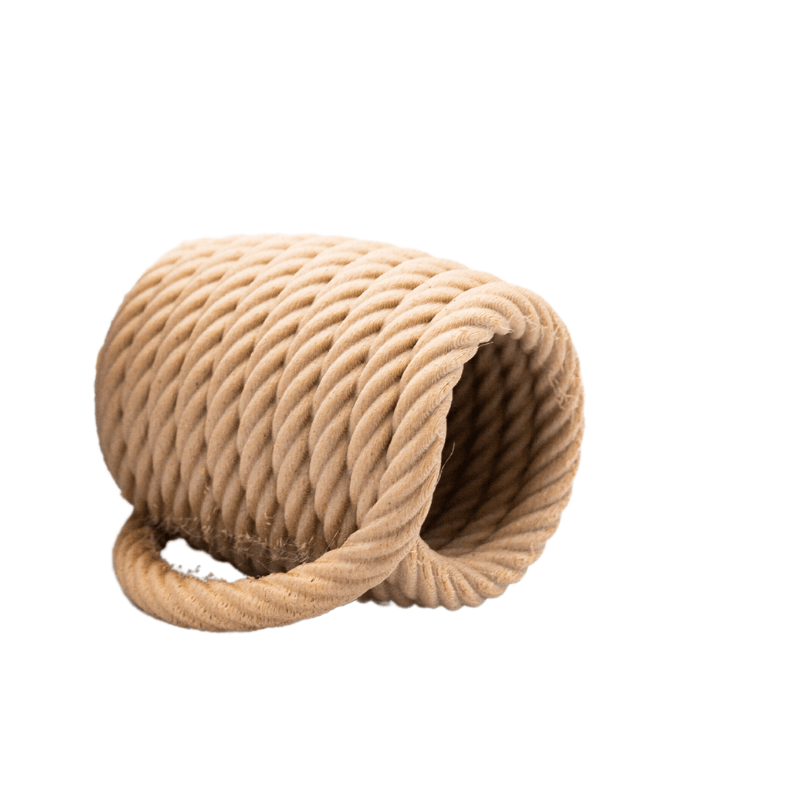In the ever-evolving world of 3D printing, one of the most critical decisions you’ll face is selecting the right material for your project. With so many 3d printing filament types available on the market, choosing the right one can be the difference between a successful print and a disappointing result. Whether you’re a newcomer or an experienced maker, understanding the various filament types like PLA, PETG, ABS, and more will empower you to get the most out of your 3D printer.
What Is 3D Printing Filament?
Before diving into specific 3d printing filament types, let’s clarify what a filament actually is. In FDM/FFF 3D printing, filament refers to the thermoplastic material that is fed into your printer’s hot end, melted, and then deposited layer by layer to create three-dimensional objects. The unique properties of different filament types such as strength, flexibility, print temperature, and finish determine how suitable they are for different tasks and applications.
PLA: The Go-To Filament for Beginners
Among the wide array of 3d printing filament types, PLA (Polylactic Acid) stands out as the most popular choice, especially for beginners. PLA is derived from renewable resources like corn starch, making it biodegradable and environmentally friendly. Its low melting temperature means it’s easy to print, doesn’t require a heated bed, and produces minimal odor during printing.
Strengths:
- User-friendly and forgiving, even on basic printers
- Available in a broad range of colors and finishes
- Ideal for prototypes, educational models, and display pieces
Weaknesses:
- Less heat and impact resistance than some other filament types
- Can be brittle, so not suitable for high-stress or outdoor applications
If you’re just starting out and want a reliable, easy-to-use material, PLA should be at the top of your list when considering 3d printing filament types.
PETG: The Strong All-Rounder
PETG (Polyethylene Terephthalate Glycol) bridges the gap between ease of use and durability. Among 3d printing filament types, PETG offers a blend of strength, flexibility, and chemical resistance that makes it ideal for functional parts and outdoor use.
Strengths:
- Stronger and more impact-resistant than PLA
- Better suited for mechanical parts
- Resistant to water and chemicals
Weaknesses:
- Can be stringy during printing if not dialed in
- Slightly more challenging to print than PLA, but still accessible to most users
When considering filament types for parts that need to withstand some stress and the elements, PETG is an excellent option.
ABS: Industrial-Grade Performance
ABS (Acrylonitrile Butadiene Styrene) is another major player among 3d printing filament types, especially for those seeking professional-grade strength and heat resistance. ABS is widely used in automotive and consumer goods manufacturing.
Strengths:
- High strength and toughness
- Great for items exposed to heat or mechanical stress
Weaknesses:
- Prone to warping; requires an enclosed print area
- Emits fumes, so good ventilation is a must
While ABS may be trickier to master compared to other filament types, its superior durability makes it a top choice for serious projects.
Other Popular Filament Types
The world of 3d printing filament types doesn’t stop at PLA, PETG, and ABS. There’s a growing selection of specialty materials to consider.
TPU (Thermoplastic Polyurethane):
- Highly flexible and elastic
- Perfect for phone cases, gaskets, or anything that needs to bend
Nylon:
- Exceptionally tough and wear-resistant
- Used for gears, bearings, and mechanical components
Specialty Filaments (Wood, Metal, Carbon Fiber Infused):
- Offer unique aesthetics or mechanical properties
- Great for artistic pieces or high-performance parts
Exploring new filament types can be both fun and rewarding, helping you unlock even more possibilities for your 3D printer.
How to Choose the Right Filament for Your Project
When faced with the multitude of 3d printing filament types, consider these key factors.
- Printer compatibility: Not all printers can handle every material
- Mechanical needs: Does your part need to flex, support weight, or withstand heat?
- Finish and color: Some filament types have unique textures or finishes
- Budget: Specialty filaments often cost more than basic PLA
Experimenting with different filament types is the best way to discover what works for your projects.
Storing and Handling Filaments: Best Practices
Most filament types are sensitive to moisture, which can degrade print quality. Always store your 3d printing filament types in airtight containers with desiccant packs, and look out for signs of brittleness or poor extrusion.
Troubleshooting Common Filament Problems
Different 3d printing filament types can have their own quirks, like PLA stringing, PETG oozing, or ABS warping. If you encounter issues, check your print settings, adjust your temperatures, and make sure your filament is dry.
Where to Buy High-Quality 3D Printing Filament
Sourcing reliable 3d printing filament types is crucial for consistent results. At filalab.shop, you’ll find a curated selection of top-quality filament types, ensuring you always have the right material for any project. Premium filaments mean fewer print failures, smoother finishes, and more durable parts.
Conclusion
Understanding the main 3d printing filament types such as PLA, PETG, ABS, and others gives you a solid foundation for any printing adventure. As you gain experience, don’t be afraid to branch out into new filament types and applications. Ready to get started? Explore the full range of filament types at filalab.shop and bring your 3D printing ideas to life.

